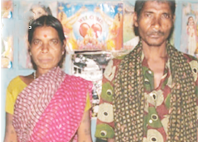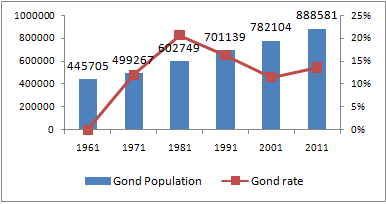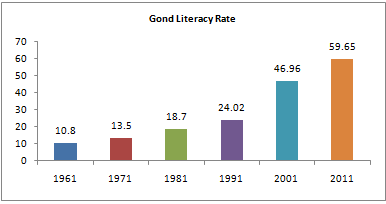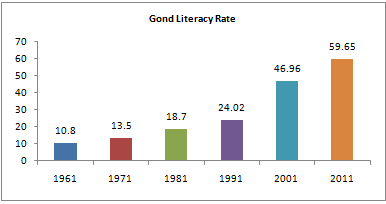A scheduled tribe of Odisha.

Location : Nowrangpur, Nuapada, Bolangir, Kalahandi
Language : Gondi (Dravidian) & Odia (Indo-Aryan)
Major Occupation : Cultivation, Wage & Agricultural Labour
Also Known as Gondo
Socio-cultural Features
The Gond is numerically the most dominant tribe of India. Next to the Kondhs, the Gonds are numerically the largest tribal community in Odisha. They call themselves Gond or Koitur. Culturally the tribe is dichotomized into the primitive group and the acculturated and Hinduised group. The tribe has exogamous totemic clan divisions. Marriage is prohibited between brother clans. Cross-cousin marriage and marriage by negotiation are common. Marriage by service, remarriage of widows, widowers and divorcees are socially permitted. Marriage is celebrated with dancing, singing and drinking. The Hinduised Gonds get the services of Brahman priest, barber and washerman. The Primitive section has its own tribal priest. The Hinduised section observes death pollution for ten days. They erect menhirs to commemorate the dead. They are polytheists. The Hinduised Gonds abstain from eating beef and drinking liquor. They have their traditional panchayats, which settles inter-tribal and intra-tribal disputes. Guilt is established either by direct eyewitnesses, divination or ordeals like putting one’s hands in boiling oil or lifting a red-hot crowbar. The offences dealt by the panchayats are adultery, taking another man’s daughter or wife, eating with a man of lower caste, etc. Excommunication is the severest punishment. Feasts have to be arranged for readmittance of the excommunicated person into the community.


